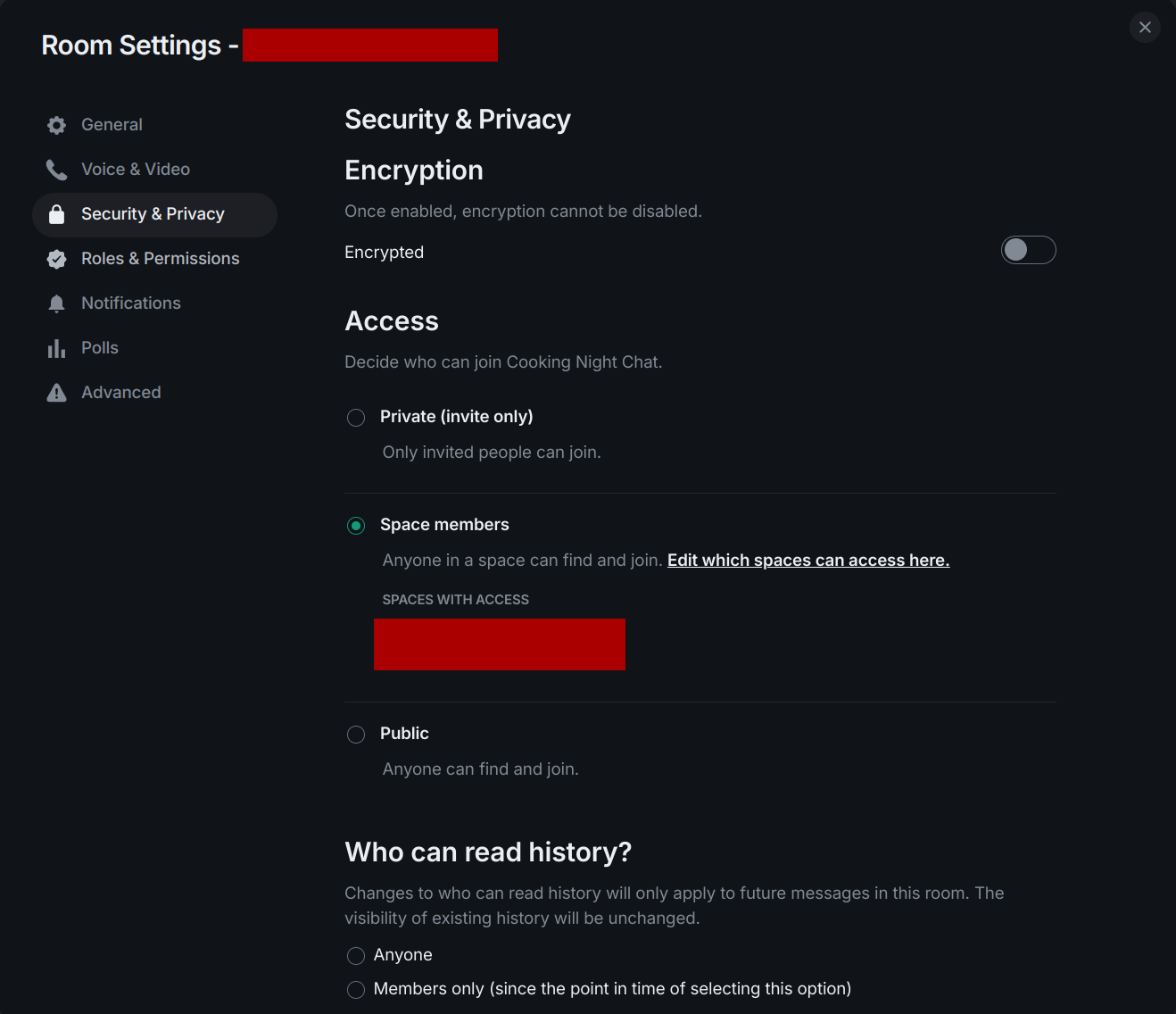

Totally made up, meant it more as a “this is my ballpark estimation of what their Linux player base would be” - though I agree I worded it poorly. I don’t know what % of Epic Games users would play on Linux if given the chance.
I’m editing my original message, sorry about that!






It’s not about how easy it is to compile, my first point in my original comment was that they actively maintain an engine for Linux.
The install base is too low right now. Hopefully as our numbers grow we’ll have enough market impact to warrant pushing other store fronts.
Fortnite is great for Epic, but their debacle with Apple kind of proved that one popular game isn’t enough to push the public off one store front onto another.